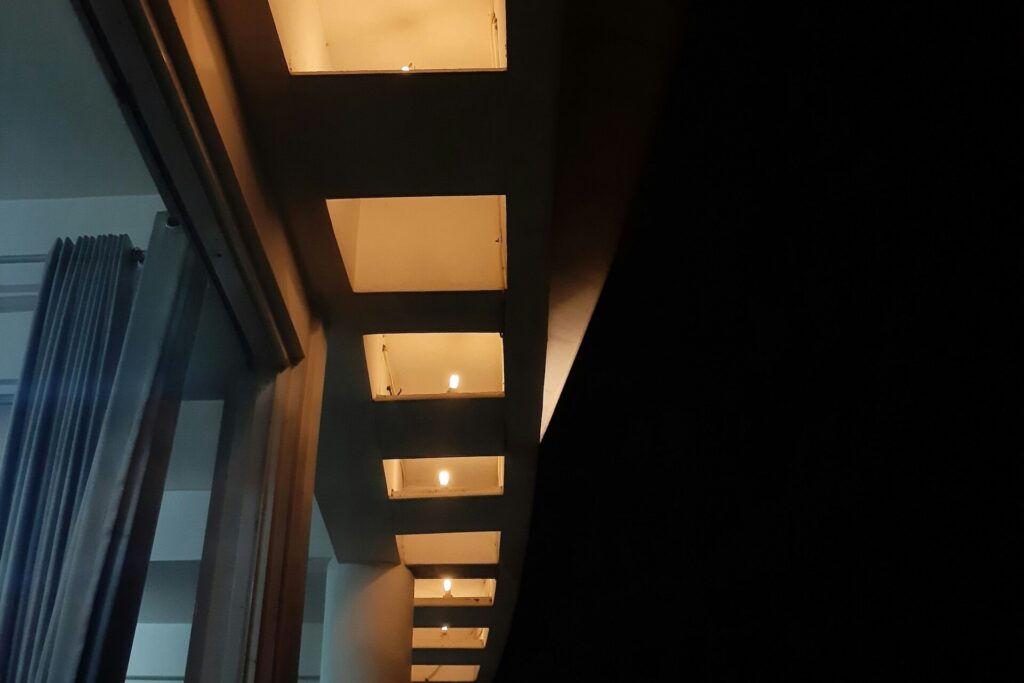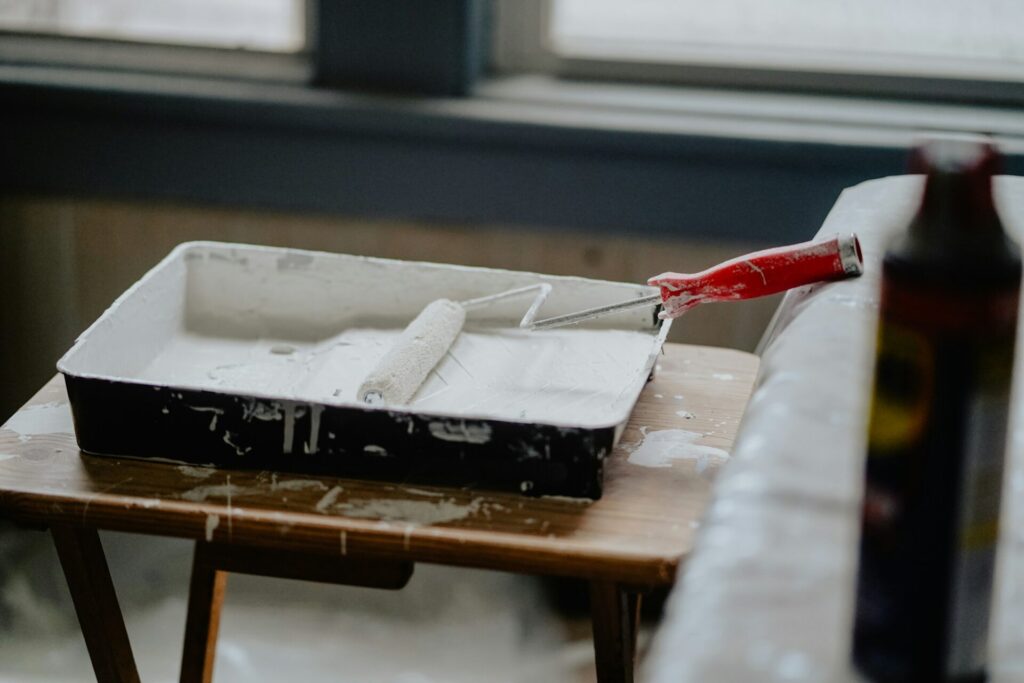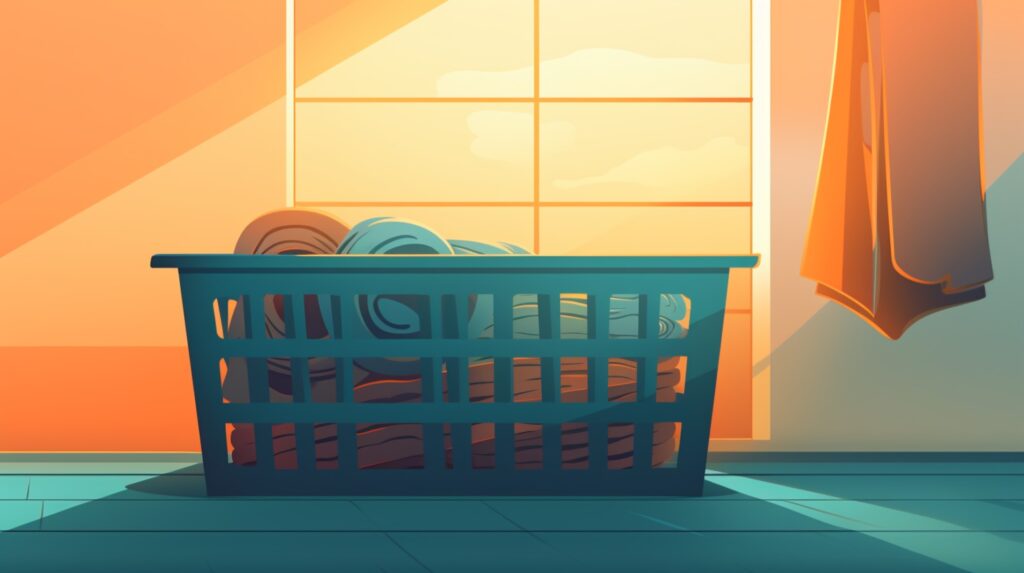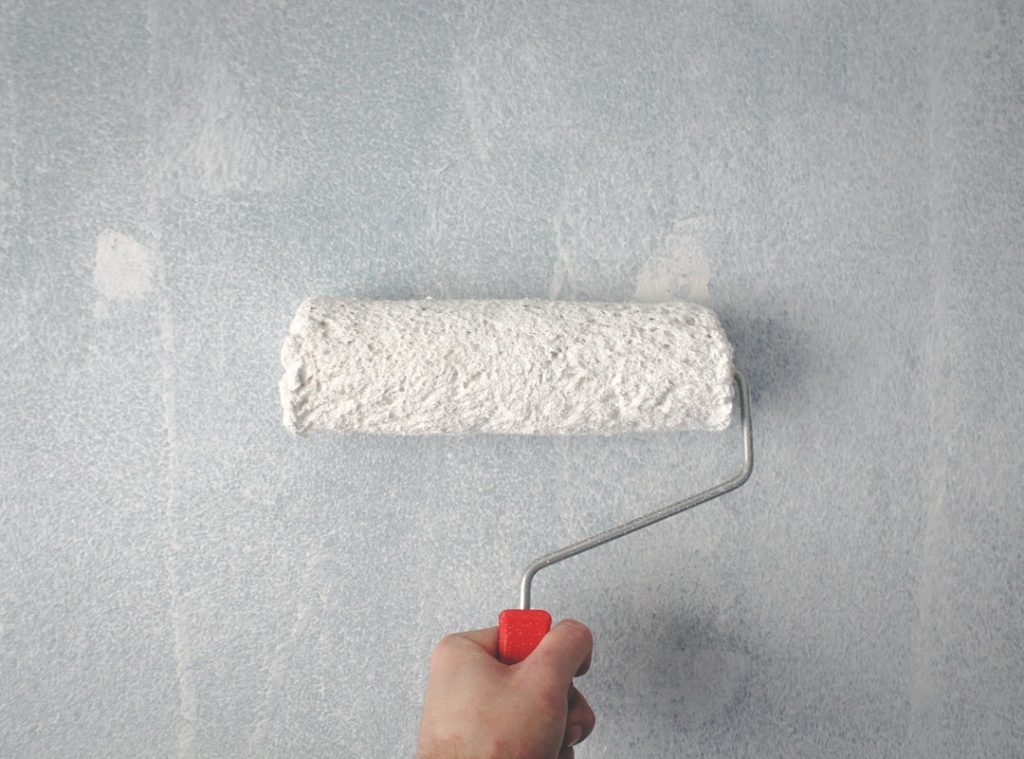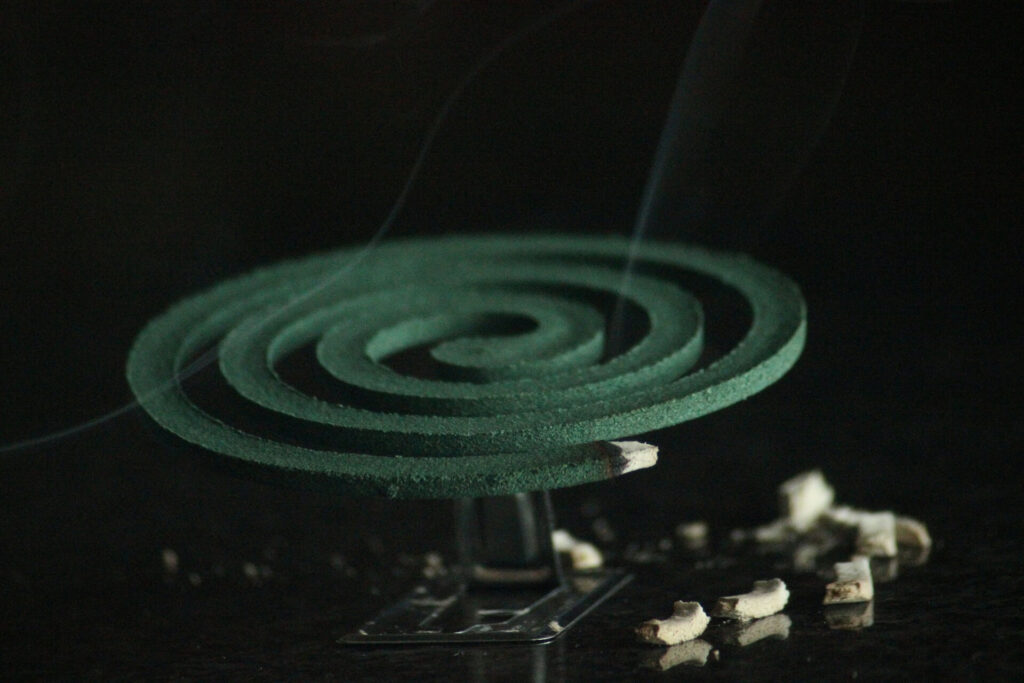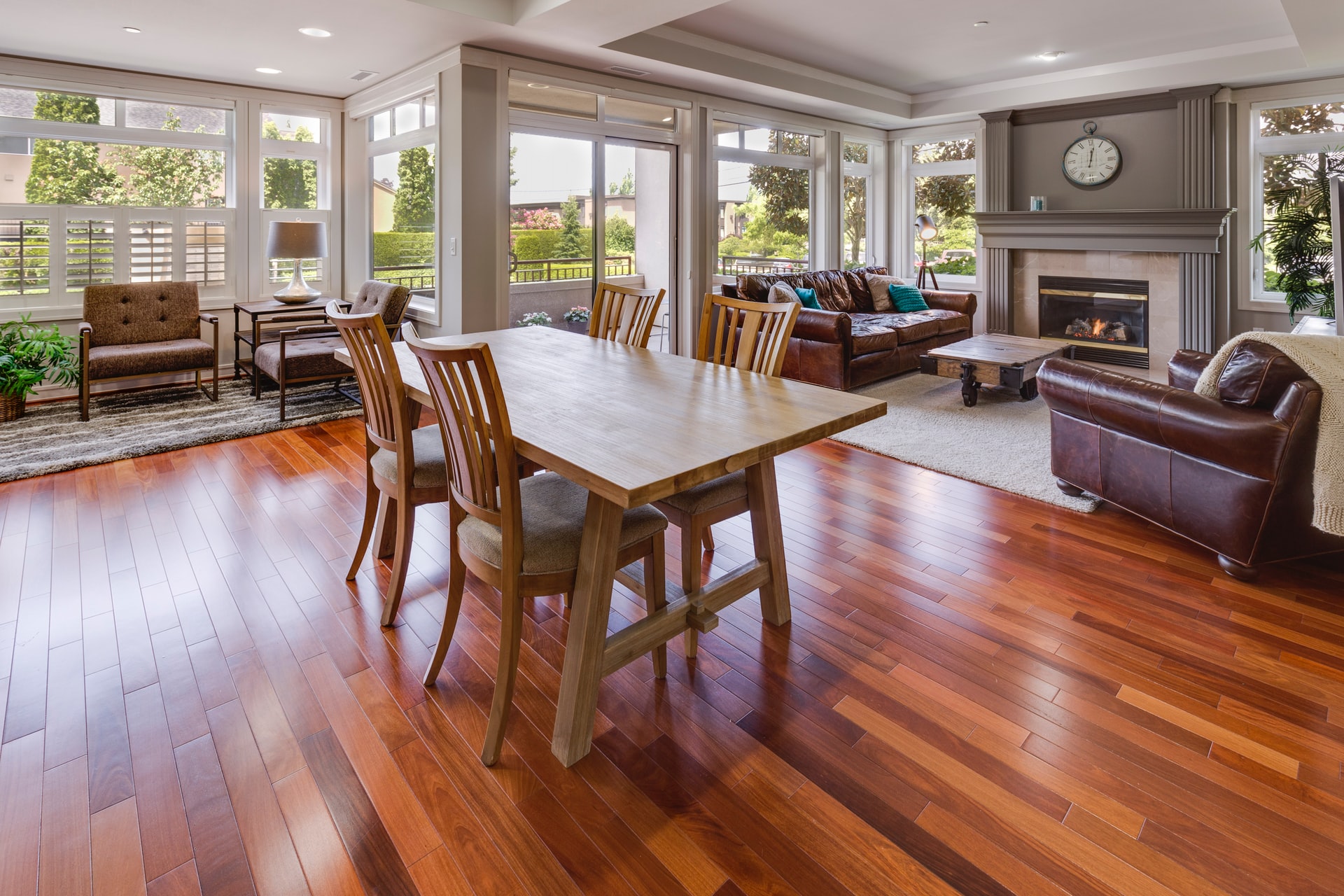
We are reader-supported. When you buy through links on our site, we may earn an affiliate commission.
At the turn of the 20th century, hardwood was having a moment. New bind-nailing provided an elegant look that many people loved and better milling options and easy installation made hardwood flooring incredibly popular. However, in more recent years, more affordable alternatives have started competing with this classic option.
Thanks to its affordability and elegance, many homeowners are beginning to install hardwood once again. This solid investment will retain its value for many years and add to the value of the home’s resale price. Plus, hardwood looks and feels like quality — something any homeowner would take pride in.
If you, too, would like to make the switch to hardwood, it’s wise to learn about your options and understand the installation process.
Below, we’ll take a closer look at how to choose the best kind of hardwood for your home and how it compares to engineered hardwood and other types of flooring.
The Best Rooms in Your House for Hardwood
Hardwood is a relatively solid, durable material that can make for excellent flooring depending on where you install it. Dining areas, bedrooms, living rooms and hallways are perfect places to lay hardwood floors. These rooms generally have little moisture and only spills will threaten the wood.
Bathrooms, basements and kitchens, however, aren’t the best places to install this type of flooring. These rooms are more likely to harbor spills and high-moisture environments — two of hardwood’s biggest enemies.
Types of Hardwood
The wood flooring you choose will fall into one of two categories — domestic species or exotic species. Domestics like beech, oak and maple are usually cheaper and easier to find within the U.S. However, imported woods like kempa, ipe and Brazilian walnut may cost more and come in a variety of colors.
You might also choose to install engineered wood flooring. Most engineered boards consist of a plywood base with a solid wood veneer on top. While this type of hardwood is durable and a popular choice within the U.S., you can only sand it one to two times before having to replace it or live with scratches and stains.
Hardness Ratings
To determine how hard a certain wood truly is, reference the Janka hardness rating scale. The higher the number, the better they’ll stand up against impact from everyday use. Even some softwood varieties are relatively durable, ranking high on the scale.
Still, the top half of the list mostly consists of hardwoods like oak, walnut, maple, ach and pecan. For the hardest woods, choose exotic species from Indonesia and South America. Bamboo — which isn’t a wood at all — and eucalyptus are two of the strongest softwood options.
Grain Patterns
Once you choose which species of wood you prefer, you can then decide on a grain pattern. When companies fell trees, they cut them three different ways — sawing, rift-sawing or quarter-sawing. Plain-sawn wood has the traditional wood grain with cathedral patterns. Meanwhile, rift-sawn boards feature long, linear grains without cathedrals and quarter-sawn ones have a linear grain with additional irregular figuring throughout.
Prefinish or Site Finish
Starting with unfinished floors and finishing them on-site offers an excellent variety of choices regarding shade and color. They’ll also provide a flush look with no bevelling or grooves between boards. Many contractors prefer site-finished flooring when completing a large renovation or construction project.
Prefinished floors, however, are practically flawless, contain fewer volatile organic compounds and are more affordable than site-finished options. They also allow for a quicker installation that contractors can complete in a single session. Subsequently, you won’t have to wait days or weeks before walking on its surface.
Care and Maintenance
Water, kids and pets are the biggest threats to your new hardwood floors, leaving stains in some places and scratches in others.
Thus, you may find yourself sanding the surface every so often to erase evidence of curious animals and kiddos. Use an drum sander to remove deep gouges in the wood and an orbital sander to rid floors of lighter scratches.
Removing water stains is a more arduous process and may require a different approach depending on the stain’s color. However, there are a few solutions that may work and prevent you from replacing the entire floor.
Hardwood Flooring is Classic for a Reason
Installing hardwood floors can upgrade the look and feel of your entire home, add resale value and save you money in the long run. If it’s the right flooring option for you, you’ll know it’s a reliable choice with lasting value.

